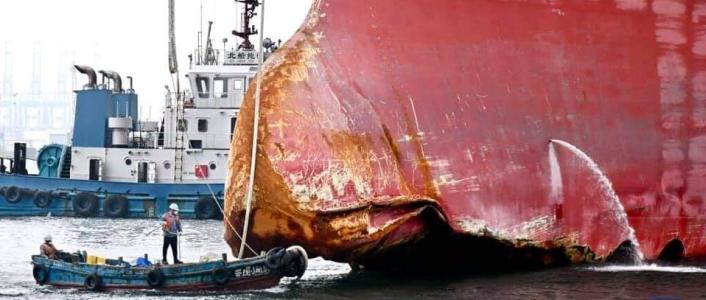
Vaquita Photo: Paula Olson, NOAA
In 2017, we posted about an attempt to use Navy-trained dolphins in a last-ditch effort to capture and save the few surviving vaquita. The vaquita is a small porpoise found only in the Gulf of California that is in imminent danger of extinction. The project was abandoned when a captured vaquita died from the stress of capture. In 2017, fewer than 30 vaquita were left. Now the number is around 10.
The vaquita weren’t discovered until 1958 and now are in danger of being wiped out by illegal gill-netting by fishermen in the Gulf of California, also known as the Sea of Cortez. The vaquita are being caught and drowned in gill-nets set by fishermen to catch shrimp and fish. Researchers say the nets are the only known cause for the species’ catastrophic decline, but getting rid of them has turned out to be a challenge.

 In August we posted
In August we posted  For several years, we have followed the
For several years, we have followed the  Following pressure from the United States,
Following pressure from the United States, 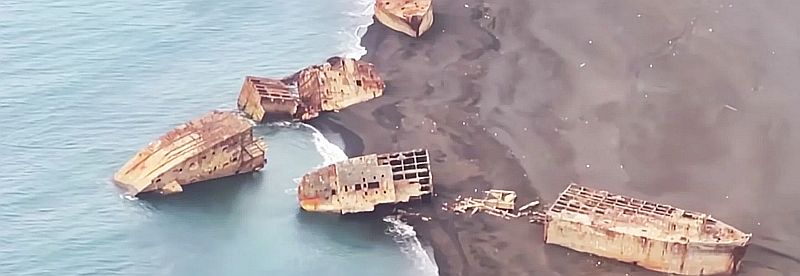 A number of small Pacific island nations, including Tuvalu, Kiribati and the Marshal Islands, are facing an existential threat from rising sea levels. According to the
A number of small Pacific island nations, including Tuvalu, Kiribati and the Marshal Islands, are facing an existential threat from rising sea levels. According to the  Millions of
Millions of  The maxi-trimaran Sails of Change (ex-
The maxi-trimaran Sails of Change (ex-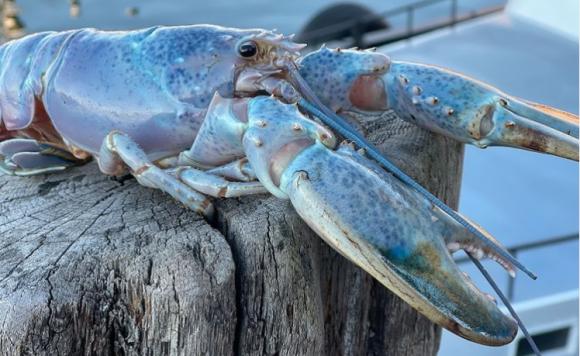 Recently, the
Recently, the 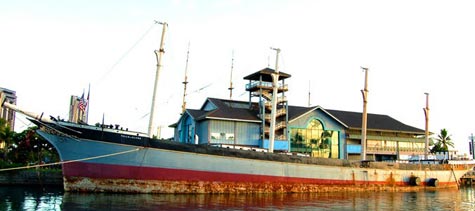 Great news! David O’Neill, director of the
Great news! David O’Neill, director of the  On late Thursday, November 18, and early Friday, November 19, those watching the sky over much of the globe will see the longest partial lunar eclipse in almost 600 years. The eclipse will last for nearly 3 and a half hours and will be very near to, but not quite, a full lunar eclipse.
On late Thursday, November 18, and early Friday, November 19, those watching the sky over much of the globe will see the longest partial lunar eclipse in almost 600 years. The eclipse will last for nearly 3 and a half hours and will be very near to, but not quite, a full lunar eclipse.
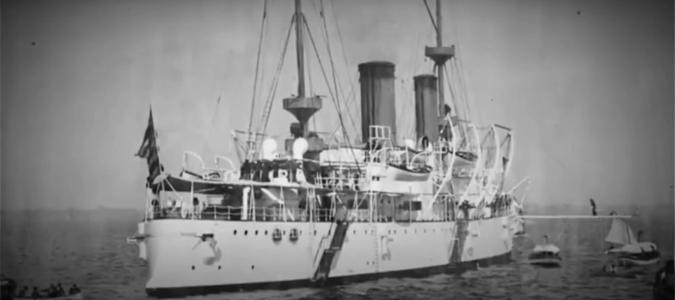 The
The 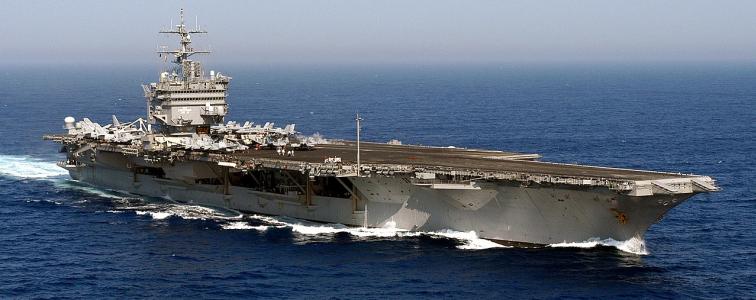 We recently posted about how the US Navy’s
We recently posted about how the US Navy’s 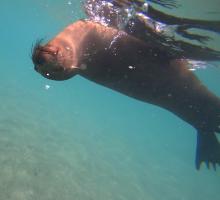 My wife and I took an incredible trip to the Galapagos in 2017. An updated repost. We spent a week on
My wife and I took an incredible trip to the Galapagos in 2017. An updated repost. We spent a week on  The Chinese military has built targets in the shape of an American aircraft carrier and other U.S. warships in the Taklamakan desert as part of a new target range complex, according to photos from satellite imagery company Maxar.
The Chinese military has built targets in the shape of an American aircraft carrier and other U.S. warships in the Taklamakan desert as part of a new target range complex, according to photos from satellite imagery company Maxar. On Saturday, we posted about the
On Saturday, we posted about the  What could be more gloriously incongruous than sailing on a replica 9th-century Viking longship and sipping whisky on a blustery Autumn day in New York harbor? Here is an updated repost:
What could be more gloriously incongruous than sailing on a replica 9th-century Viking longship and sipping whisky on a blustery Autumn day in New York harbor? Here is an updated repost: 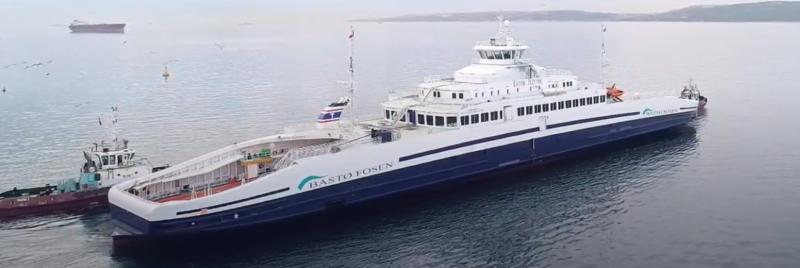 The
The 